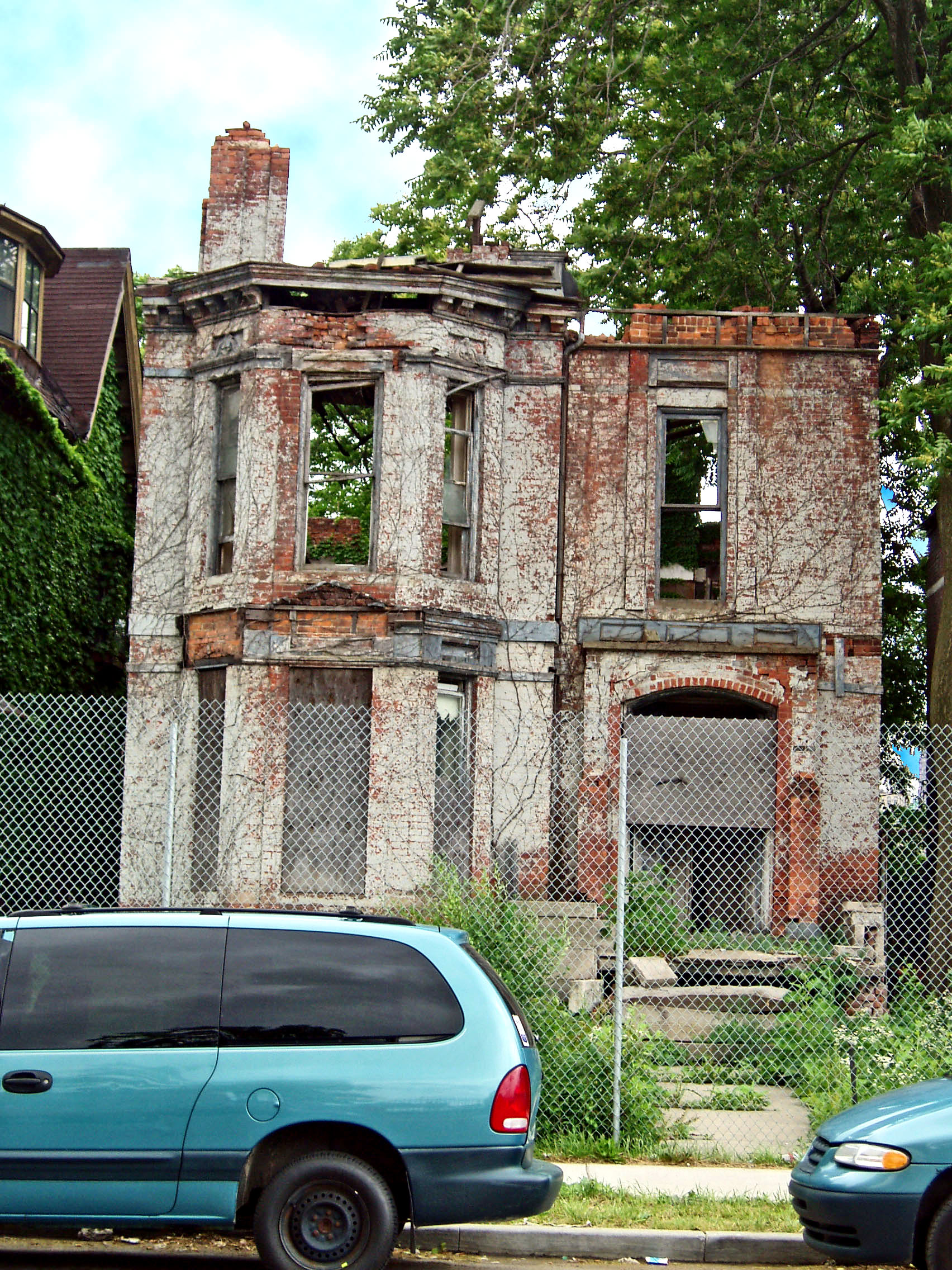.jpg)
John Ruskin, an English architectural critic and philosopher,
who lived from 1819 to 1900, wrote extensively in the mid-Nineteenth Century
and substantially
influenced the aesthetics standards of his era. He contended that architecture
was only truly beautiful and valuable if its design were directly inspired
by nature. Consequently, he strongly admonished against the use of veneers,
finishes and carvings made by machines. He recommended natural products crafted
by individual workers rather than using machine-produced objects. He helped
to popularize the Gothic Revival style since he believed that medieval craftsmen
were highly dedicated to their work, weHD.jpg) re free to express their own creativity
and seldom used machines. In his views, their work was the result of their
own ingenuity and ability. He also favored the use of colorful but natural
materials.
re free to express their own creativity
and seldom used machines. In his views, their work was the result of their
own ingenuity and ability. He also favored the use of colorful but natural
materials.
So far as I know, this is the only home in Detroit that may be described as
Ruskinian. It is a two-and-one-half story asymmetrical brick home set upon
a stone foundation. The brick was painted in the construction, but was augmented
with a great extent of wood trim at the upper levels.
At present, it is extremely difficult to appreciate the architectural and design
details of this magnificent structure in summer since dense ivy vines cover
it. There is an obvious large projecting bay at the left front, topped at the
roofline by an impressive gable. This bay emphasizes the three-faced, second-story
window. The entrance is quite recessed from the street, to the right. An elaborately
carved wooden frame brackets the three-pane window on the first
floor. This carving includes bulls' eyes flanking a fan, but I have not seen
these since they were covered in ivy.

This home was apparently built in the late Nineteenth Century by William Van
Moore and Robert Blyth Tannahill. William Van Moore, born in Detroit in 1856,
graduated from the University of Michigan in 1873, then obtained a law degree
from Brown University in 1878. He returned to Detroit, practiced law and served
on the boards of a variety of local firms. He was also very active in the local
Democratic Party and in local civic and philanthropic activities.
Robert Blyth
Tannahill was born in Detroit in 1863. In 1889, he joined J. L. Hudson in
the retail trade, married Elizabeth Hudson who was one of three sisters of
J. L.
Hudson and by 1900, he served as vice-president of the successful J. L. Hudson
Department Store. His son, Robert H. Tannahill, who lived from 1893 to 1969,
apparently was born and grew up in the home you see. He entered his uncle’s
business. His passion, however, was collecting art. He was a strong supporter
of the Detroit Institute of
Arts. He was named an honorary curator of their
American Art collection. During his lifetime, he donated 475 works to the
Detroit Institute of Arts and then bequeathed another 557 pieces from his
estate. The
Robert H. Tannahill Society is a group affiliated with the Detroit Institute
of Art supporting their collections and activities.
The Detroit Historic District Commission officially designated the Peterboro-Charlotte
District to include the south side of Peterboro and the north side of
Charlotte from Park to Woodward, as well as the east side of Park between
Peterboro
and Charlotte in midtown Detroit.
Architect and Builder: John Edwards
Architectural Style: Ruskinian
Building material: Painted brick with extensive wood embellishments
Date of Construction: 1882
Use in 2003: Apparently an empty home awaiting refurbishing
State Register of Historic Sites: P25269, Listed April 20, 1989
State Historical Marker: None erected thus far
Photo: Ren Farley July, 2003
Description: Updated April, 2007